Though it may seem like a dream come true, concert photography is one of the most demanding fields in photography, because unlike studio or posed photographs, the photographer has little to no control of the parameters in the picture. You can’t rely on lighting, you’re unable to direct the one being photographed and you can’t ask for repeat poses. The constant movement paired with the fact that you don’t have access to the angles you would wish for makes concert photography particularly difficult. Not to mention the hundreds of thousands of other screaming fans who couldn’t care less that they are constantly in your frame.
Yet even for this impossible mission, photographers can be prepared if they take care of certain things before the actual shoot. Remember that such an endeavor is neither easy nor intuitive. It requires thought and consideration. But it is doable. Here’s how.
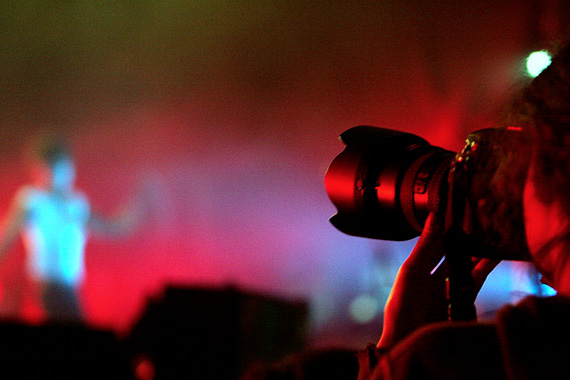
Via Wikimedia
1. Start out Small
Beginner photographers and those who don’t have a lot of experience with concert photography should first consider intimate shows or concerts of bands they know personally. One of the major hurdles of concert photography is being constantly interrupted. So making sure to first get acquainted with the style of concert photography by choosing a smaller event will only benefit you in the long run. Small clubs are an ideal location. You can discuss with the manager about photographing several events without requiring special press accreditation.
2. Make Sure You Have the Proper Equipment
Mind you that small venues differ greatly from large concerts, especially where lighting is concerned. Musicians resemble creatures from dark and distant galaxies, so sharp pictures will be hard to come by without proper equipment. This dim lighting will require you to get lenses with wide open apertures as well as cameras capable of taking pictures at high ISO.
When you’re photographing a band on a pitch-black stage, a fast lens may be your salvation. It will help you get sharp images even when lighting technicians seem to be asleep. A 50mm f/1.8 lens will be enough to start you off.

Photo by Kevin Cortopassi
Don’t worry about the fact that you will have to set your ISO value very high (sometimes 1600 or higher). Most of the time, even when you take pictures at a 1600 ISO setting and a lens aperture of f/1.8, they won’t be exactly what you hoped for. This, of course, is the low-budget option. You can get a full-frame camera, but that isn’t always an option. By now you already know that high ISO settings will generate noise. Don’t be afraid to take noisy pictures, as you can always reduce that with noise-editing software. It’s the blurred pictures you get when compensating with long exposure times that you really don’t want.
Speaking of equipment, be sure to take care of your camera. Even when you’re grabbing a drink from the bar. During the first gig I photographed, I somehow managed to get my camera destroyed by an eager and slightly tipsy fan of the band who wanted to see what pictures I had taken.
3. Live with the Crowd
When you first arrive at the venue, start moving around and take some test pictures. Pay attention to how the people already in the club are moving. Account for the fact that once the concert begins, everyone will move toward the stage; become acquainted with the overall layout of the club, the best angles, and where you can take your best shots.
4. Adjust Your Concert Photography Camera Settings
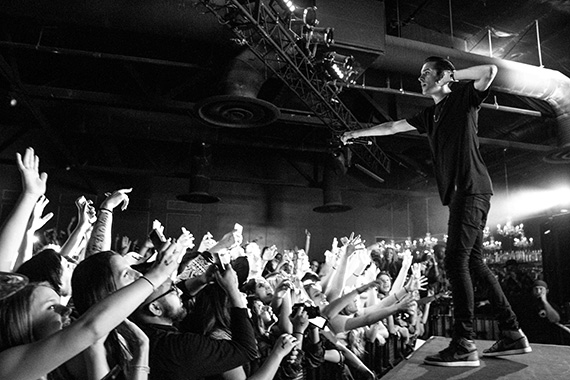
Photo by Ashley Wang
Finding the perfect camera settings when photographing concerts is a particularly daunting task, especially when your experience is limited. So be prepared to not get everything perfect the first time you start shooting. Here’s a short breakdown of what to consider:
- Exposure. For dim-lighted events, manual exposure is going to be your safest bet. Any other camera modes will be easily fooled and reward you with poor exposures.
- Shutter Speed. Try to shoot at 1/100 to 1/200 (even faster when you can). Of course, conditions won’t always allow shutter speeds of 1/250, but for smaller clubs, a speed of 1/200 will be more than enough to eliminate camera shake and blur.
- Aperture. One of the simplest settings. Shoot at the largest possible aperture (the smallest value of the f-stop).
- ISO Settings. They differ for DSLR cameras and compact point and shoot cameras. For the former, an ISO setting as high as 3200 will work wonders, while for the latter, 1600 will be enough to produce excellent results. Feel free to experiment and increase or decrease the ISO in order to obtain the perfect shot.
- Shooting Mode. Shoot with continuous focusing and at the highest frame rate you can.
- White Balance. When possible (and this happens almost 99% of the time) shoot in Auto White Balance.
- Format. Avoid shooting in anything else than RAW. There is virtually no reason to choose JPG instead of RAW.
5. Learn to Improvise
Odds are that you won’t get the perfect shot right from the start. And most likely, everything will be against you. It will be too dark, people will be jumping all around you, and you won’t be able to move to and from where you are trying to go. So learn to go with the flow. If it’s too dark, track the spot light patterns and wait for it to shine on the artists. Be prepared to take that shot.

Photo by Ricardo Camacho
You can also use silhouettes to add drama to a photograph, especially when you don’t have much to work with. Try to move and find that particular angle that allows the silhouette to be captured clearly so that a viewer can easily understand what the subject in your photograph is despite the lack of light.
6. Deal with Red Lighting
One of the major impediments for concert photographers is red lighting, something that lighting technicians particularly love. You can always choose to underexpose pictures in such situations and add brightness later so that details are not lost. Dark purple and blue also mix poorly with fog and you may end up photographing that instead of the actual artist.
Concert photography is difficult, but once you get the hang of it, it’s both exciting and a great learning experience. Practice before attending the concert and be patient; excellence takes time and practice. Oh, and don’t forget to enjoy the music! After all, you’re attending the concert, too.
About the Author
Anthony Hogward has been a photography aficionado since first receiving a camera at the age of six. In search of the perfect shot, he traveled all through Europe, Asia, and Africa and returned home with enough inspiration to fuel his creative spirit. He discovered his passion for concert photography later on, when he was asked to shoot the concert of his friend’s band. Feel free to get in touch at anthony.hogward@gmail.com.
Like This Article?
Don't Miss The Next One!
Join over 100,000 photographers of all experience levels who receive our free photography tips and articles to stay current:

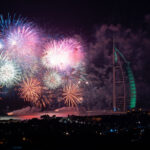
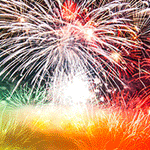
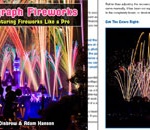
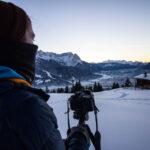
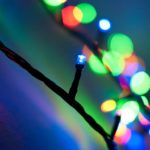
Leave a Reply